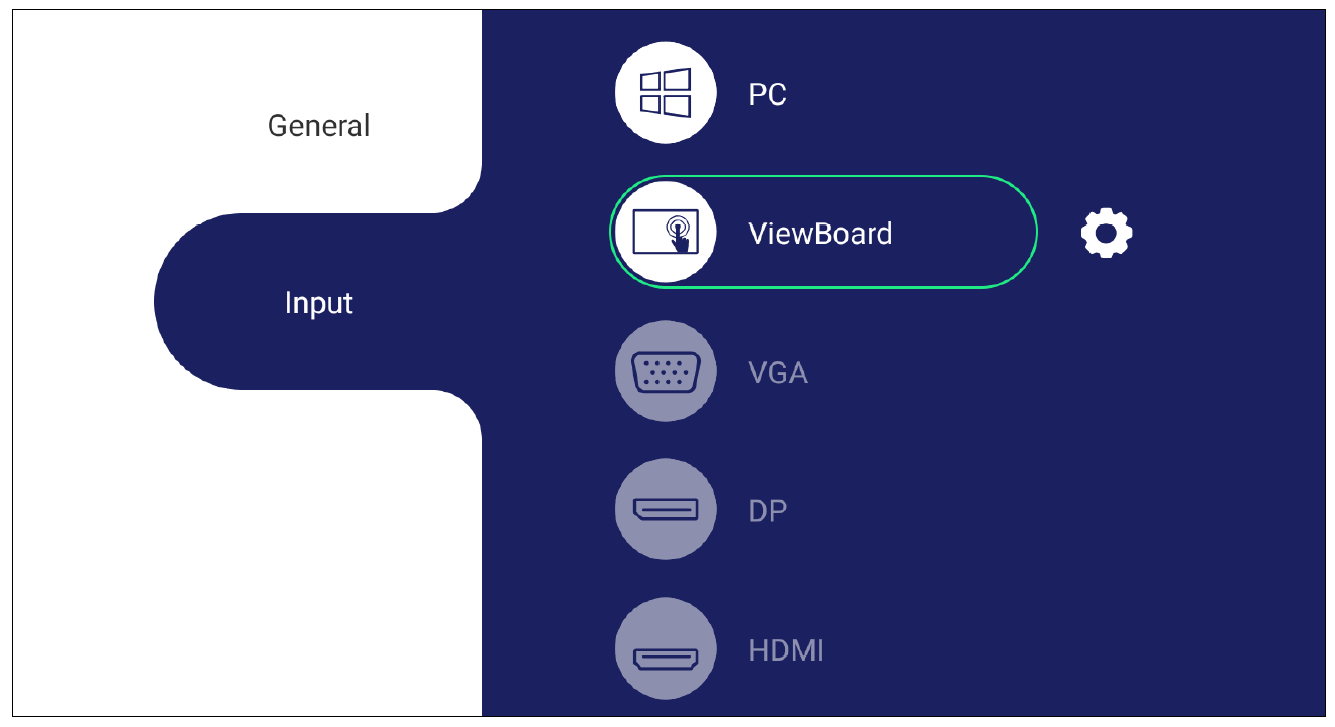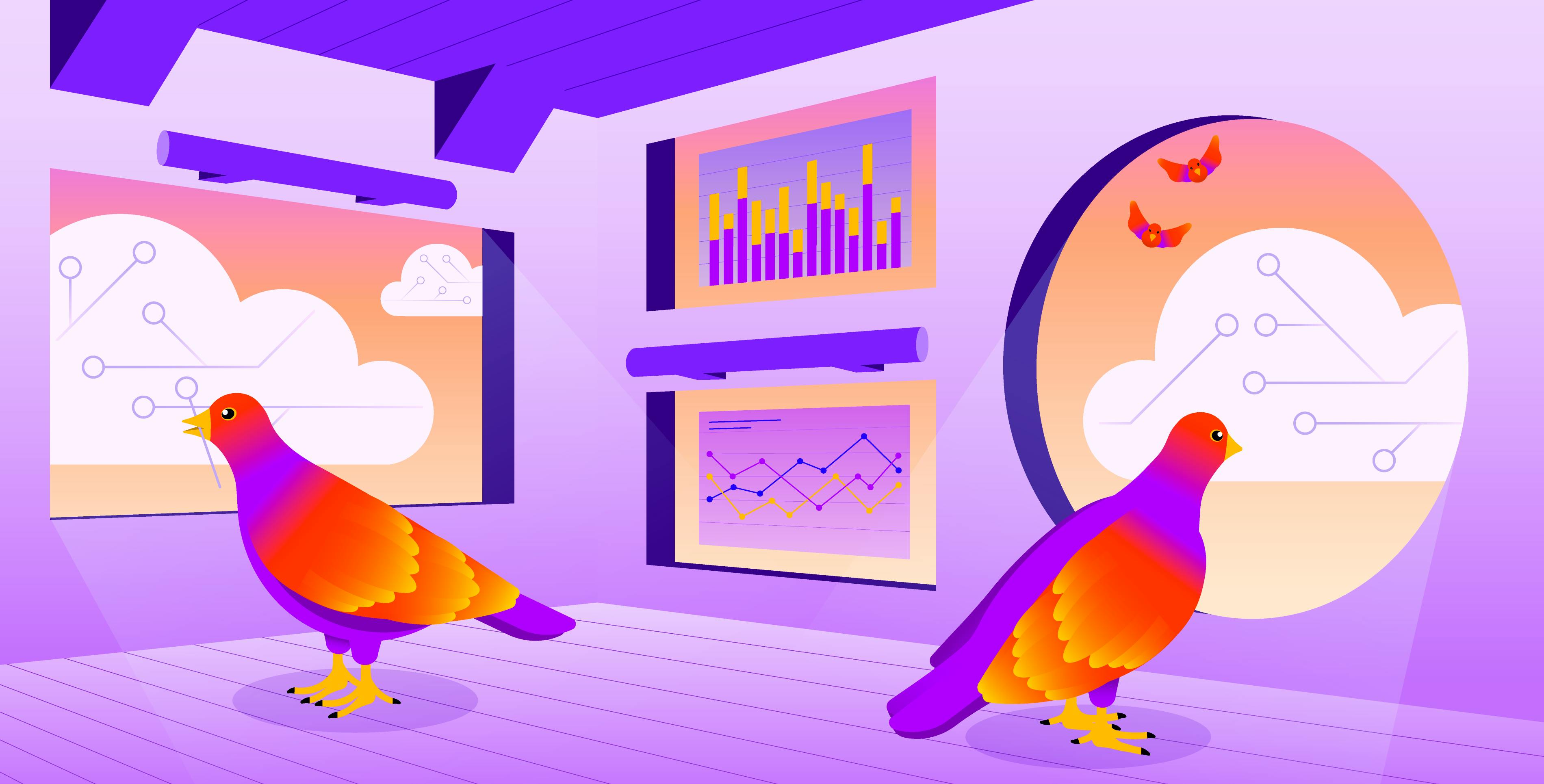Mastering RemoteIoT VPC Network: A Comprehensive Guide
In today's digital era, the term "remoteiot vpc network" has become increasingly relevant as businesses and organizations shift toward scalable and secure cloud-based solutions. The integration of IoT devices with virtual private cloud (VPC) networks has revolutionized how data is managed and processed remotely. Understanding remoteiot vpc network architecture is crucial for organizations looking to enhance their operational efficiency while maintaining robust security measures.
As more companies adopt cloud-based infrastructures, the need for a secure and efficient networking solution becomes paramount. RemoteIoT VPC networks provide an ideal platform for managing IoT devices, ensuring seamless communication, and protecting sensitive data from unauthorized access. This article will delve into the intricacies of remoteiot vpc networks, exploring their architecture, benefits, implementation strategies, and best practices for optimization.
Whether you're a tech enthusiast, a network administrator, or a business decision-maker, this guide will equip you with the knowledge and tools needed to harness the full potential of remoteiot vpc networks. Let's explore how this technology can transform your organization's networking capabilities while ensuring top-notch security and scalability.
Table of Contents
- Introduction to RemoteIoT VPC Network
- Understanding VPC Architecture
- Benefits of RemoteIoT VPC Networks
- Implementation Strategies for RemoteIoT VPC
- Enhancing Security in RemoteIoT VPC Networks
- Scalability and Performance Optimization
- Effective Management of RemoteIoT VPC Networks
- Troubleshooting Common Issues
- Future Trends in RemoteIoT VPC Networks
- Conclusion and Call to Action
Introduction to RemoteIoT VPC Network
A remoteiot vpc network refers to a virtual private cloud infrastructure designed specifically for managing and securing Internet of Things (IoT) devices in remote environments. This network architecture enables seamless communication between IoT devices, cloud servers, and end-users while maintaining a high level of security and privacy.
Core Components of RemoteIoT VPC Networks
The fundamental components of a remoteiot vpc network include:
- VPC Subnets: These are logical subdivisions of the VPC that allow for better organization and management of network resources.
- Security Groups: Acting as virtual firewalls, security groups control inbound and outbound traffic to and from instances within the VPC.
- Route Tables: These define the routing rules for directing network traffic within and outside the VPC.
By leveraging these components, remoteiot vpc networks provide a robust platform for deploying and managing IoT devices in various industries, including manufacturing, healthcare, and smart cities.
Understanding VPC Architecture
VPC architecture forms the backbone of any remoteiot vpc network. It involves creating an isolated section of the cloud where IoT devices and applications can operate securely. The architecture typically includes multiple subnets, gateways, and routing configurations to ensure efficient data flow and communication.
Key Features of VPC Architecture
Some of the key features of VPC architecture include:
- Private IP Addresses: These are used to communicate within the VPC, ensuring privacy and security.
- Internet Gateways: These allow instances within the VPC to communicate with the internet, enabling remote access and updates.
- NAT Gateways: These enable instances without public IP addresses to access the internet while remaining hidden from external networks.
Understanding these features is essential for designing and implementing an effective remoteiot vpc network that meets the specific needs of your organization.
Benefits of RemoteIoT VPC Networks
Implementing a remoteiot vpc network offers numerous benefits that can significantly enhance your organization's operational efficiency and security. Some of these benefits include:
Enhanced Security
By isolating IoT devices within a virtual private cloud, remoteiot vpc networks provide an additional layer of security, protecting sensitive data from unauthorized access and cyber threats.
Scalability
VPC networks can easily scale to accommodate growing numbers of IoT devices and increasing data loads, ensuring your infrastructure remains efficient and effective as your business expands.
Cost Efficiency
Using a remoteiot vpc network can reduce costs associated with maintaining physical infrastructure, as well as minimize downtime and maintenance expenses.
Implementation Strategies for RemoteIoT VPC
Successfully implementing a remoteiot vpc network requires careful planning and execution. Here are some strategies to consider:
Define Network Requirements
Start by identifying your organization's specific networking needs, including the number of IoT devices, expected data loads, and security requirements.
Choose the Right Cloud Provider
Select a cloud service provider that offers robust VPC capabilities and supports the integration of IoT devices. Some popular options include Amazon Web Services (AWS), Microsoft Azure, and Google Cloud Platform.
Configure Security Settings
Set up security groups, access control lists, and encryption protocols to ensure the protection of your IoT devices and data.
Enhancing Security in RemoteIoT VPC Networks
Security is a critical aspect of any remoteiot vpc network. To enhance security, consider implementing the following measures:
Regular Security Audits
Conduct regular audits to identify and address potential vulnerabilities in your network infrastructure.
Encryption Protocols
Use encryption protocols such as SSL/TLS to secure data transmissions between IoT devices and cloud servers.
Multi-Factor Authentication
Implement multi-factor authentication for accessing the VPC, adding an extra layer of protection against unauthorized access.
Scalability and Performance Optimization
Ensuring scalability and optimizing performance are essential for maintaining an efficient remoteiot vpc network. Here are some tips:
Load Balancing
Use load balancers to distribute traffic evenly across multiple instances, preventing overload and ensuring consistent performance.
Auto Scaling
Implement auto-scaling policies to automatically adjust the number of instances based on demand, ensuring optimal resource utilization.
Monitoring and Analytics
Utilize monitoring tools and analytics platforms to track network performance and identify areas for improvement.
Effective Management of RemoteIoT VPC Networks
Managing a remoteiot vpc network requires a combination of technical expertise and strategic planning. Consider the following best practices:
Centralized Management
Use a centralized management platform to oversee all aspects of your VPC network, streamlining operations and improving efficiency.
Automated Processes
Automate routine tasks such as backups, updates, and monitoring to reduce manual intervention and minimize errors.
Training and Development
Invest in training programs for your IT staff to ensure they have the necessary skills and knowledge to manage remoteiot vpc networks effectively.
Troubleshooting Common Issues
Despite careful planning and implementation, issues may arise in your remoteiot vpc network. Here are some common problems and solutions:
Network Connectivity Issues
If devices are unable to connect to the VPC, check your routing tables and security group settings to ensure proper configuration.
Data Transmission Delays
Optimize your network by reducing latency and improving bandwidth to address delays in data transmission.
Unauthorized Access
Review your access control policies and update security settings to prevent unauthorized access to your VPC.
Future Trends in RemoteIoT VPC Networks
The future of remoteiot vpc networks looks promising, with emerging technologies and trends set to transform the landscape. Some of these trends include:
Edge Computing
Edge computing allows data processing to occur closer to the source, reducing latency and improving performance in remoteiot vpc networks.
AI and Machine Learning
Integrating AI and machine learning into VPC management can enhance automation, prediction, and optimization capabilities.
Quantum Computing
As quantum computing becomes more mainstream, it could revolutionize encryption and security protocols for remoteiot vpc networks.
Conclusion and Call to Action
In conclusion, remoteiot vpc networks offer a powerful solution for managing and securing IoT devices in remote environments. By understanding the architecture, benefits, and implementation strategies, organizations can harness the full potential of this technology to enhance their operational efficiency and security.
We encourage you to take action by exploring the possibilities of remoteiot vpc networks for your organization. Share your thoughts and experiences in the comments below, and don't hesitate to reach out if you have any questions or need further assistance. Together, let's build a smarter, more secure digital future!
References:
- AWS Documentation: https://docs.aws.amazon.com/vpc/latest/userguide/
- Microsoft Azure: https://docs.microsoft.com/en-us/azure/virtual-network/
- Google Cloud Platform: https://cloud.google.com/vpc/docs/


